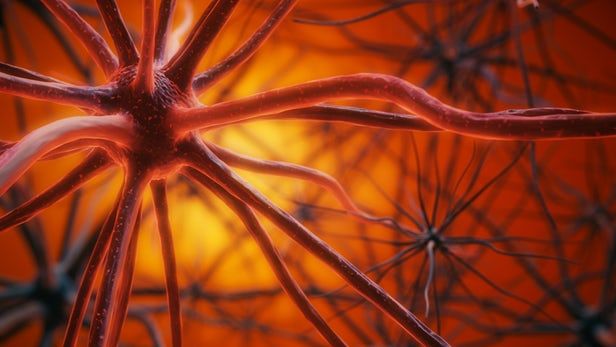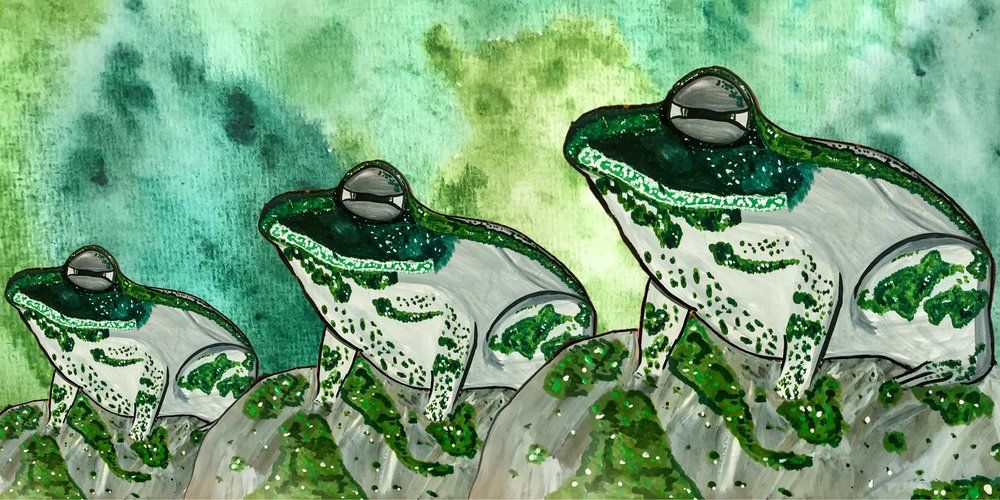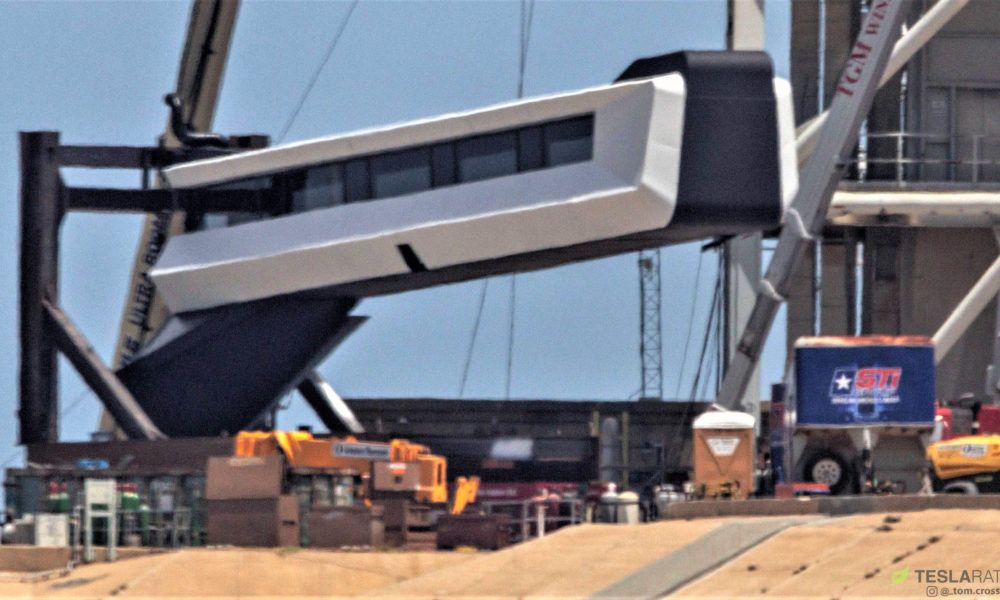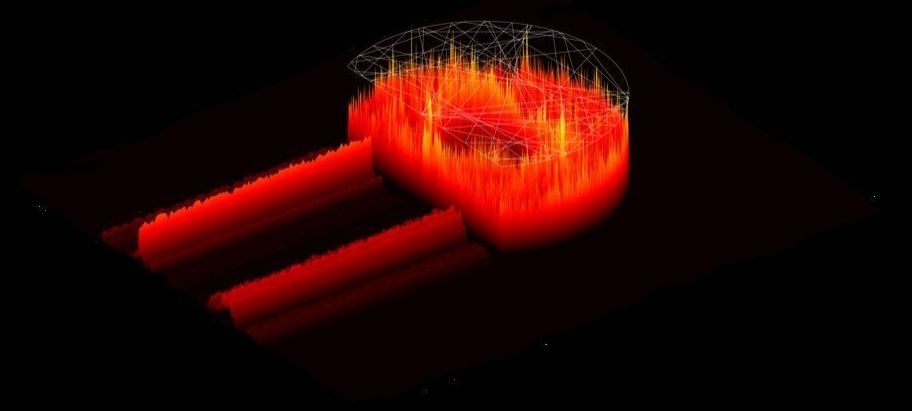Page 9919
Aug 17, 2018
Discovery reveals why toxic Alzheimer’s plaques don’t always lead to dementia
Posted by Genevieve Klien in categories: biotech/medical, neuroscience
One of the fundamental pathological markers seen in patients suffering from Alzheimer’s disease is a build-up of two proteins — amyloid beta and tau — in the brain. It’s this action that many researchers hypothesize is the key symptomatic cause of cognitive decline associated with the disease. However, not all people with a build-up of these proteins display neurological damage and cognitive decline. New research from the University of Texas Medical Branch at Galveston may have finally homed in on the reason behind this strange observation, and the results could lead to a whole new way to battle this devastating disease.
Aug 17, 2018
Hitting the pause button on life
Posted by Ian Hale in categories: biotech/medical, neuroscience, space travel
🐸 The wood frog, Rana sylvatica, is one of many animals to master the art of a reversible, coma-like state known as metabolic depression. Metabolically depressed animals use tiny amounts of energy, sometimes so little that scientists can’t tell if they have any metabolism at all. Somehow, these animals press the pause button on life, outlasting hard times in demanding environments. Could humans ever learn to imitate death like these animals? Workers from fields as diverse as medicine to space exploration are itching to know the answer… 🤔♾😴.
If other members of the animal kingdom can shut down their bodies over winter, then why can’t we?
Aug 17, 2018
From 12/26/1965 edition of the Sunday comic strip “Our New Age”… Close enough 🙂
Posted by Jacob Anderson in category: futurism
Aug 16, 2018
SpaceX’s futuristic Crew Dragon astronaut walkway is ready for US human spaceflight revival
Posted by Klaus Baldauf in categories: futurism, space travel
SpaceX has publicly revealed the sleek, minimalist design of the access arm that NASA astronauts will soon use to board Crew Dragon spacecraft, bringing to an end more than half a decade of U.S. dependency upon non-native rockets and space agencies to transport crew to the International Space Station.
After several months of concerted effort in a tent located on Pad 39A property, SpaceX engineers, welders, and technicians have nearly completed the most critical portion of the launch facility modifications and upgrades necessary to return the pad’s human spaceflight capabilities. Known as a Crew Access Arm (CAA), SpaceX will likely complete installation of the Arm by the end of August, wrapping up what is by far the most visible step yet towards returning astronauts to the ISS on American rockets and spacecraft.
Aug 16, 2018
What will happen when the Milky Way and Andromeda galaxies collide?
Posted by Michael Lance in category: space
Aug 16, 2018
How cancer cells communicate — and how we can slow them down
Posted by Genevieve Klien in category: biotech/medical
When cancer cells are closely packed together in a tumor, they’re able to communicate with each other and coordinate their movement throughout the body. What if we could interrupt this process? In this accessible talk about cutting-edge science, Hasini Jayatilaka shares her work on an innovative method to stop cancer cells from communicating — and halt their fatal ability to spread.
This talk was presented at an official TED conference, and was featured by our editors on the home page.
Aug 16, 2018
Physicists fight laser chaos with quantum chaos to improve laser performance
Posted by Genevieve Klien in categories: biotech/medical, quantum physics
To tame chaos in powerful semiconductor lasers, which causes instabilities, scientists have introduced another kind of chaos.
High-powered semiconductor lasers are used in materials processing, biomedical imaging and industrial research, but the emitted light they produce is affected by instabilities, making it incoherent.
The instabilities in the laser are caused by optical filaments; light structures that move randomly and change with time, causing chaos. Removing these instabilities has long been a goal in physics, but previous strategies to reduce filaments have usually involved reducing the power of the laser.
Aug 16, 2018
A filter that turns saltwater into freshwater just got an upgrade
Posted by Genevieve Klien in categories: materials, sustainability
Smoothing out a material used in desalination filters could help combat worldwide water shortages.
Aug 16, 2018
Settling Arguments About Hydrogen With 168 Giant Lasers
Posted by Genevieve Klien in categories: physics, space
With gentle pulses from gigantic lasers, scientists at Lawrence Livermore National Laboratory in California transformed hydrogen into droplets of shiny liquid metal.
Their research, reported on Thursday in the journal Science, could improve understanding of giant gas planets like Jupiter and Saturn whose interiors are believed to be awash with liquid metallic hydrogen.
The findings could also help settle some fractious debates over the physics of the lightest and most abundant element in the universe.
Continue reading “Settling Arguments About Hydrogen With 168 Giant Lasers” »

















